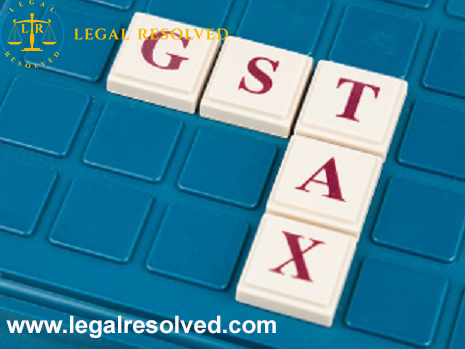
Whereas it has been ubiquitously accepted and stated that the new scheme under GST will replace the multiple taxation system currently in place in India, it has also been realized that the new system would also be implemented on a tier-based manner, where the Centre and State will both replace their own multiple taxation with GST, whereby there will be a Centrally administered CGST and a State-administered SGST simultaneously operating in the market. The taxes that will be subsumed by the SGST include State Value Added Tax/Sales Taxes, Entertainment Tax (other than the tax levied by the local bodies), Central Sales Tax (levied by the Centre and collected by the States), Octroi and Entry tax, Purchase Tax, Luxury tax, and Taxes on lottery, betting and gambling. The CGST will absorb Central Excise Duty, Additional Excise Duty, Service Tax, Additional Customs Duty commonly known as Countervailing Duty, and Special Additional Duty of Customs[i]. Both the CGST and the SGST will be levied simultaneously on every transaction of supply of goods and services except on exempted goods and services, goods which are outside the purview of GST and the transactions which are below the prescribed threshold limits. In addition to the SGST and CGST that will be simultaneously charged on intra-State supplies, and IGST (Integrated GST) that will be levied on inter-State supply of goods and services.
CGST:
It is the tax levied by the Centre on the intra-state supply of goods and services, under the CGST Act[ii]. The Centre and State both simultaneously tax intra-State transactions and share the revenue between them by way of a revenue-sharing agreement. CGST applies to both goods and services, and makes a provision for levy and collection of tax by the Central Government and for matters connected therewith or incidental thereto. By a Notification of the Central Board of excise and Customs on 19th June 2017[iii], a Common Goods and Services Tax Electronic Portal[iv] for facilitating registration, payment of tax, furnishing of returns, computation and settlement of integrated tax and electronic way bill has been introduced. The seller at each stage can avail a credit on input tax as against output tax, facilitating to curb the cascading effect of previous taxation scheme to some extent. The Schedules to the Act specify and enlist the status of various activities and transactions that will be regarded as “supply” of goods or services, or neither, as the case may be.
SGST:
This is the rate of tax leviable by the States on intra-State sale of goods and services, administered by the respective State Govt. in each State. The tax credit in respect of SGST can be set off only against CGST and IGST, and is subject to the compliance with respect to the invoice and returns requirements. Each State has to frame and enact an SGST Act of its own. The Union Territory Goods and Services Act has been enacted by the Centre to govern the imposition of GST on Union territories of the Andaman and Nicobar Islands, Lakshadweep, Dadra and Nagar Haveli, Daman and Diu, Chandigarh and other territory.
IGST:
Integrated GST is the tax levied under the IGST Act[v] on the supply of goods and/or services, in the case of inter-State trade across India. It also includes the supply of goods or services in the course of import into India and export from India. IGST would replace the current Central Sales Tax that is levied on inter-State sale of goods and services. The IGST would also be shared between the Central and State Govts. The input credit for IGST may be adjusted against CGST, SGST or IGST. IGST will not be imposed as a third tax in addition to any other tax, but only as the single tax levied on inter-State sales of goods and services.
The taxation scheme that has gone live today is indeed a moment that the Indian economy had waited for eagerly, and its practical impacts are yet to be seen. However, the public vigor to welcome GST has been evident since the idea was introduced, with public opinion ranging from blatantly whimsical speculations to proper economic forecasts doing its rounds on the internet and elsewhere. Now that it has finally seen daylight, we need to let GST take over the market and come into full-swing operation, to see how the market responds
[i] Source: Frequently Asked Questions (FAQs) on Goods and Services Tax (GST), Press Information Bureau, Government of India, Ministry of Finance, posted on 03-August-2016
[ii] THE CENTRAL GOODS AND SERVICES TAX ACT, 2017 (NO. 12 OF 2017) published in the Gazette of India on 12th April 2017
[iii] Notification No. 4/2017 – Central Tax, by the DEPARTMENT OF REVENUE, Ministry of Finance.
[v] THE INTEGRATED GOODS AND SERVICES TAX ACT, 2017 (NO. 13 OF 2017), published in the Gazette of India on 12th April 2017
